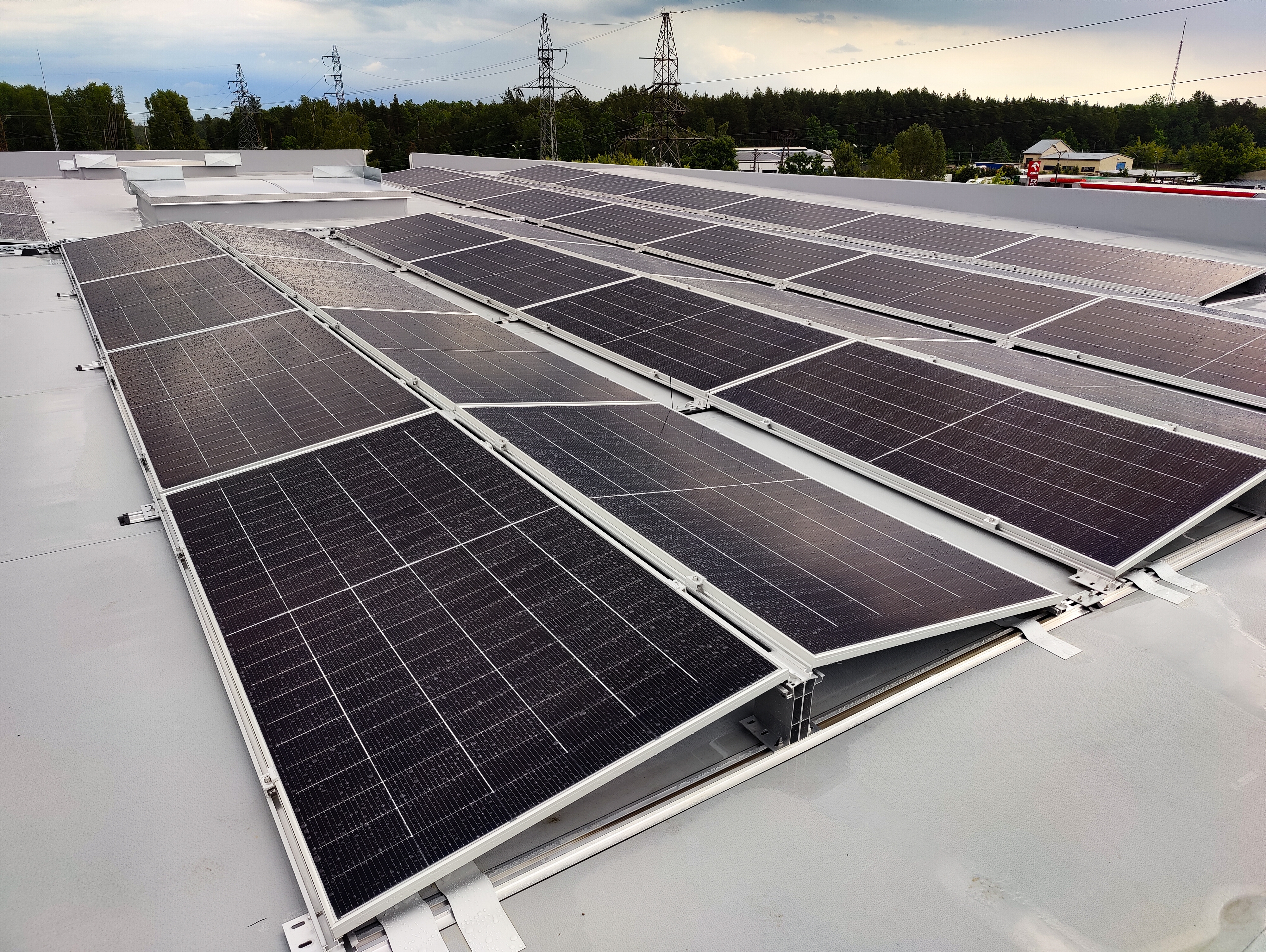Mitigating common risks in virtual PPAs
Virtual Power Purchase Agreements (VPPAs) are increasingly popular among corporations seeking to meet their sustainability goals through renewable energy procurement. However, like any complex financial instrument, VPPAs come with inherent risks. Effective risk mitigation strategies are essential to ensure the success and stability of these agreements. This blog post explores various risks associated with VPPAs and outlines best practices for mitigating them.
1. Counterparty risk
One of the primary risks in VPPAs is counterparty risk, which arises from the possibility that the developer or the corporate buyer may default on their contractual obligations. This risk is particularly significant because the counterparty in a VPPA is often a special purpose vehicle (SPV) created solely for the project, rather than a large, financially stable parent company.
Mitigation strategies:
- Credit support mechanisms: Implementing credit support mechanisms such as letters of credit, parent guarantees, or performance bonds can provide financial assurance that the counterparty will fulfil their obligations.
- Due diligence: Conduct thorough due diligence on the developer’s financial health, project experience, and track record. This includes verifying land rights, permits, and the status of interconnection agreements.
- Bankruptcy provisions: Include robust bankruptcy provisions in the VPPA contract to protect against the risk of the developer’s insolvency. These provisions can provide safe harbors, such as automatic termination rights and exemptions from automatic stays.
2. Basis risk
Basis risk arises from the difference between the price at the project’s node (the specific location where the electricity is injected into the grid) and the price at the hub (a regional pricing point). This risk can lead to financial discrepancies between the expected and actual revenues from the VPPA.
Mitigation strategies:
- Hub-based pricing: Tie the floating prices in the VPPA to a hub rather than a resource node. This approach reduces exposure to localized congestion and price volatility.
- Price adjustments: Implement price adjustment mechanisms that account for basis risk. For example, replacing the hub price with the sum of the fixed price and the node price can help align the financial interests of both parties.
3. Regulatory and legal risks
Changes in laws and regulations can significantly impact the economics and feasibility of VPPAs. These changes can include new tariffs, environmental regulations, or alterations in renewable energy incentives.
Mitigation strategies:
- Change in law provisions: Include change in law provisions in the VPPA contract that allow for renegotiation or price adjustments if regulatory changes affect the project’s costs or revenues.
- Legal counsel: Engage experienced legal counsel to draft and review the VPPA contract, ensuring that it includes comprehensive provisions for managing regulatory risks.
- Monitoring and advocacy: Stay informed about potential regulatory changes and engage in industry advocacy to influence policy developments that could impact VPPAs.
4. Construction and operational risks
Delays and issues during the construction and operational phases of the project can affect the timely delivery of renewable energy and the financial returns from the VPPA.
Mitigation strategies:
- Construction timeline and delay damages: Clearly define the construction timeline in the VPPA contract and include provisions for delay damages to compensate the buyer if the project is not completed on time.
- Availability guarantees: Include availability guarantees in the contract to ensure that the project meets its expected performance levels. This can help mitigate the risk of underperformance and ensure a steady flow of renewable energy credits (RECs).
- Ongoing monitoring: Implement ongoing monitoring and reporting mechanisms to track the project’s progress and performance. Regular communication between the buyer and the developer is essential to address any issues promptly.
5. Market and price risks
Market and price risks stem from fluctuations in electricity prices, which can affect the financial outcomes of the VPPA. These risks are inherent in the contract-for-differences structure of VPPAs.
Mitigation strategies:
- Price collars and floors: Incorporate price collars and floors in the VPPA contract to limit exposure to extreme price fluctuations. These mechanisms set minimum and maximum prices, providing a safety net for both parties.
- Upside sharing mechanisms: Implement upside sharing mechanisms that allow both parties to benefit from favorable market conditions while sharing the risks of adverse price movements.
- Financial modeling: Conduct thorough financial modeling to assess the potential impacts of price volatility on the VPPA. This can help in structuring the contract to balance risks and rewards effectively.
Risk mitigation is a critical aspect of successfully navigating a VPPA. By implementing robust strategies to address counterparty risk, basis risk, regulatory and legal risks, construction and operational risks, and market and price risks, corporations can enhance the stability and predictability of their renewable energy procurement efforts. With careful planning and the right legal and technical support, VPPAs can be a powerful tool in achieving sustainability goals and mitigating climate change impacts.
Want to find out how World Kinect can support you with virtual PPAs?
Learn more about our Power Purchase Agreement solutions, or speak to one of our renewable energy experts today.




